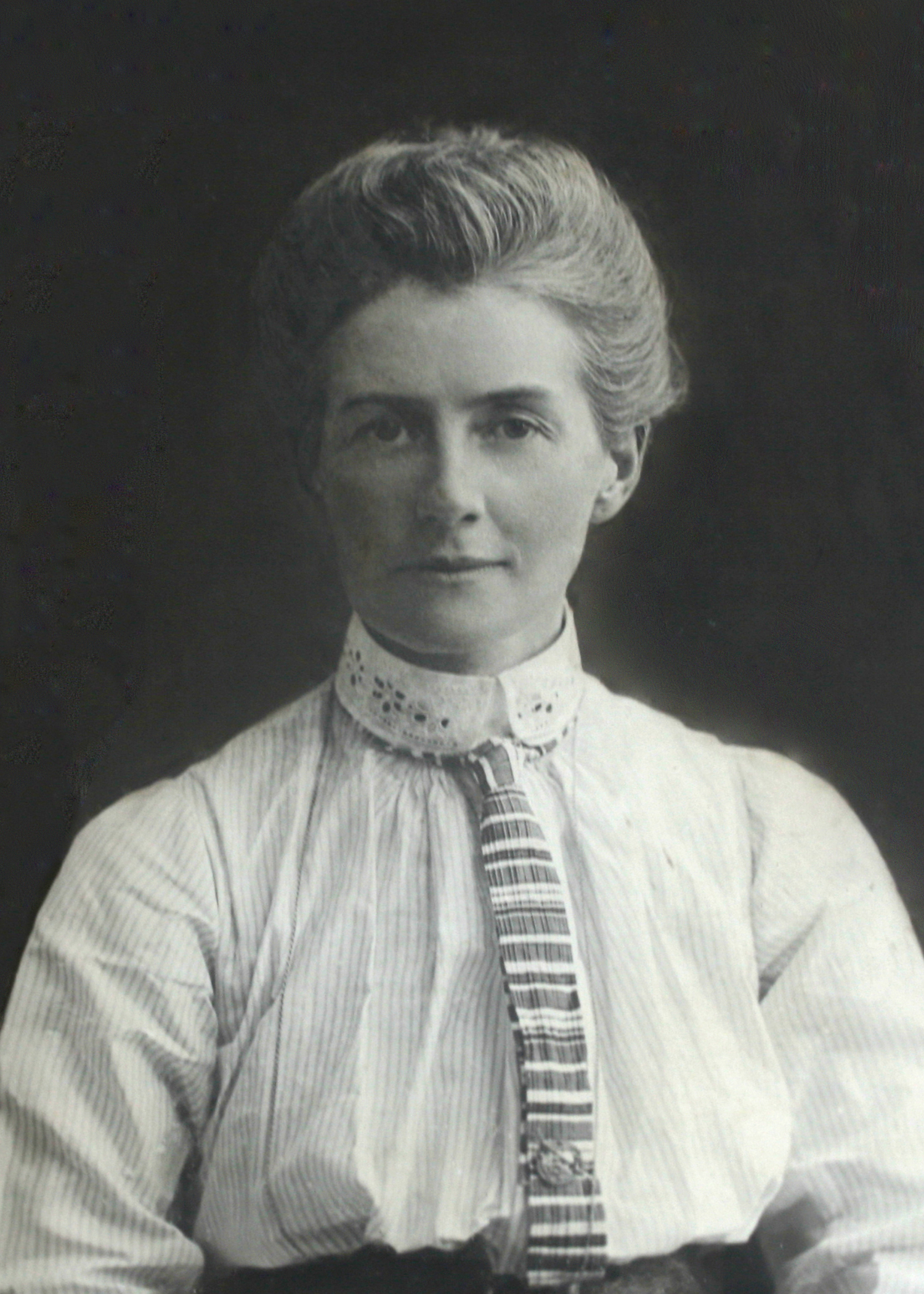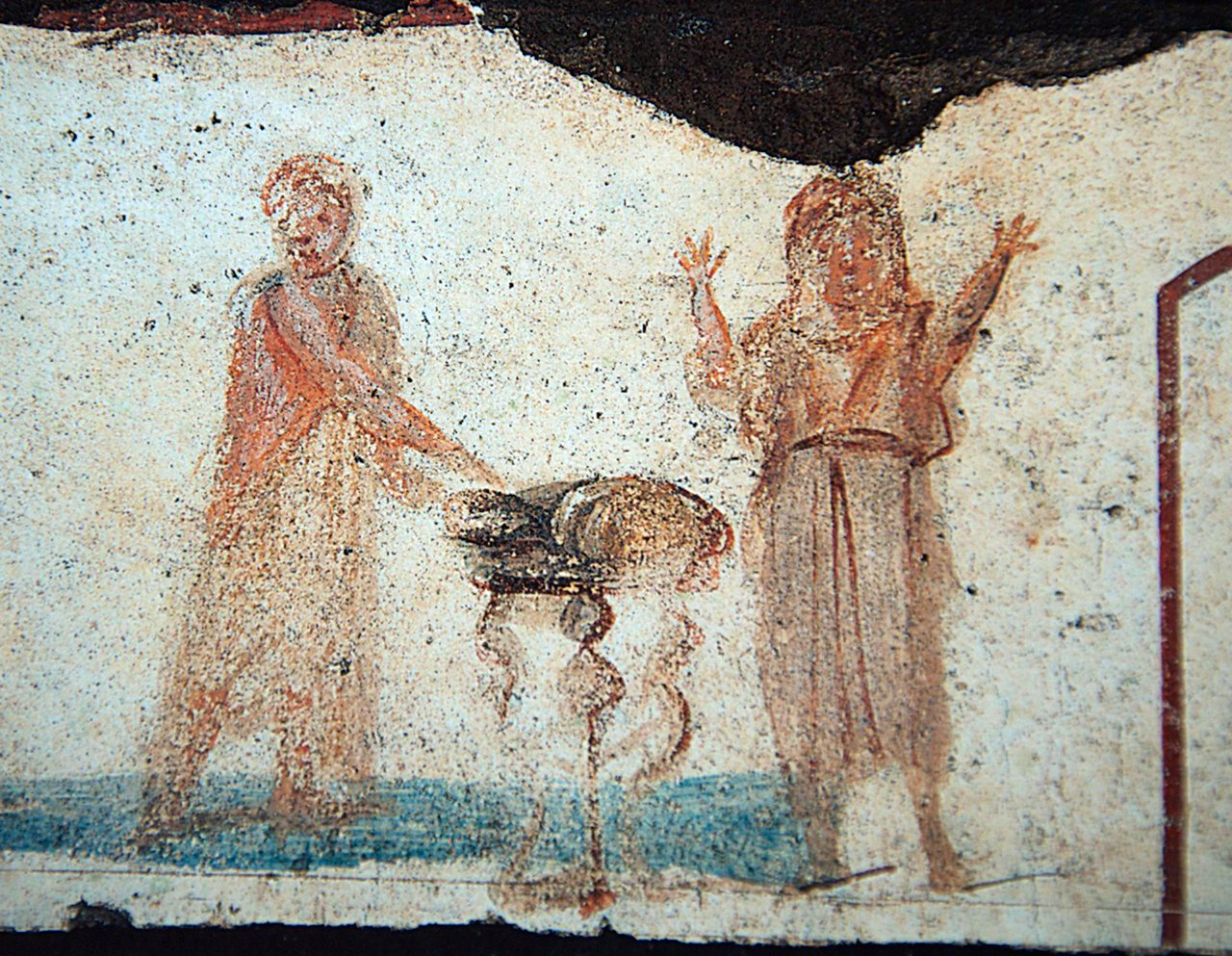|
St Paulinus' Church, Brough
St Paulinus' Church is a former Catholic church in Brough with St Giles, a village in North Yorkshire in England. A Catholic chapel associated with Brough Hall was constructed in 1758. The church was commissioned by William Lawson, and constructed in 1837 to a design by Ignatius Bonomi. It was Grade II* listed in 1987. In 1992, the church and adjoining presbytery and schoolroom were purchased by the art collector Greville Worthington, who converted it into holiday accommodation. The church and attached buildings built of sandstone and have Welsh slate roofs. The church has two storeys and five bays, with schoolrooms in the ground floor and the church above, which has a nave and a chancel in one unit, and a north vestry. The presbytery has two storeys, three bays, and a double depth plan. The central doorway has a fanlight, the windows are sashes, and there is a coped parapet. At the rear is a walled yard with stables and other outbuildings. Inside the church, there is a ... [...More Info...] [...Related Items...] OR: [Wikipedia] [Google] [Baidu] |
Yale University Press
Yale University Press is the university press of Yale University. It was founded in 1908 by George Parmly Day and Clarence Day, grandsons of Benjamin Day, and became a department of Yale University in 1961, but it remains financially and operationally autonomous. , Yale University Press publishes approximately 300 new hardcover A hardcover, hard cover, or hardback (also known as hardbound, and sometimes as casebound (At p. 247.)) book is one bookbinding, bound with rigid protective covers (typically of binder's board or heavy paperboard covered with buckram or other clo ... and 150 new paperback books annually and has a backlist of about 5,000 books in print. Its books have won five National Book Awards, two National Book Critics Circle Awards and eight Pulitzer Prizes. The press maintains offices in New Haven, Connecticut and London, England. Yale is the only American university press with a full-scale publishing operation in Europe. It was a co-founder of the dist ... [...More Info...] [...Related Items...] OR: [Wikipedia] [Google] [Baidu] |
Churches Completed In 1837
Church may refer to: Religion * Church (building), a place/building for Christian religious activities and praying * Church (congregation), a local congregation of a Christian denomination * Church service, a formalized period of Christian communal worship * Christian denomination, a Christian organization with distinct doctrine and practice * Christian Church, either the collective body of all Christian believers, or early Christianity Places United Kingdom * Church, a former electoral ward of Kensington and Chelsea London Borough Council that existed from 1964 to 2002 * Church (Liverpool ward), a Liverpool City Council ward * Church (Reading ward), a Reading Borough Council ward * Church (Sefton ward), a Metropolitan Borough of Sefton ward * Church, Lancashire, England United States * Church, Iowa, an unincorporated community * Church Lake, a lake in Minnesota * Church, Michigan, ghost town Arts, entertainment, and media * '' Church magazine'', a pastoral theology maga ... [...More Info...] [...Related Items...] OR: [Wikipedia] [Google] [Baidu] |
Listed Buildings In Brough With St Giles
Brough with St Giles is a Civil parishes in England, civil parish in the county of North Yorkshire, England. It contains twelve Listed building#England and Wales, listed buildings that are recorded in the National Heritage List for England. Of these, one is listed at Grade I, the highest of the three grades, two are at Grade II*, the middle grade, and the others are at Grade II, the lowest grade. The parish contains the village of Brough with St Giles, the hamlet of Catterick Bridge, and the surrounding area. The listed buildings include houses and associated structures, a farmhouse, a hotel, bridges, and a church with associated buildings. __NOTOC__ Key Buildings References Citations Sources * * * * * * * * * * * * * * {{DEFAULTSORT:Brough with St Giles Lists of listed buildings in North Yorkshire ... [...More Info...] [...Related Items...] OR: [Wikipedia] [Google] [Baidu] |
Grade II* Listed Churches In North Yorkshire (district)
There are over 20,000 Grade II* listed buildings in England. This page is a list of the 152 churches and chapels in the unitary authority of North Yorkshire listed at Grade II*. As there are 534 Grade II* listed buildings in the district, the 382 other buildings are instead detailed in the article Grade II* listed buildings in North Yorkshire (district) There are over 20,000 Grade II* listed buildings in England. This page is a list of 384 buildings in the unitary authority area of North Yorkshire North Yorkshire is a Ceremonial counties of England, ceremonial county in Northern England.Th .... Notes {{GradeII*Listedbuilding Lists of Grade II* listed buildings in North Yorkshire ... [...More Info...] [...Related Items...] OR: [Wikipedia] [Google] [Baidu] |
Baptismal Font
A baptismal font is an Church architecture, ecclesiastical architectural element, which serves as a receptacle for baptismal water used for baptism, as a part of Christian initiation for both rites of Infant baptism, infant and Believer's baptism, adult baptism. Aspersion and affusion fonts The earliest western fonts are found in the Catacombs of Rome. The fonts of many western Christian denominations that practice infant baptism are designed for baptisms using a non-immersive method, such as aspersion (sprinkling) or affusion (pouring). The simplest of these fonts has a pedestal with a holder for a basin of water. The materials vary greatly, consisting of carved and sculpted stone (including marble), wood, or metal in different shapes. Many fonts are in Octagon, octagonal shape, as a reminder of the new creation and as a connection to the Old Testament practice of circumcision, which traditionally occurs on the eighth day. Some fonts are three-sided as a reminder of the Holy T ... [...More Info...] [...Related Items...] OR: [Wikipedia] [Google] [Baidu] |
William Wailes
William Wailes (1808–1881) was the proprietor of one of England's largest and most prolific stained glass workshops. Life and career Wailes was born and grew up in Newcastle on Tyne, England's centre of domestic glass and bottle manufacturing. His first business was as a grocer and tea merchant. However, his artistic talent and practical skills led him to set up a small kiln in the backyard of his premises. He made and fired small decorative enamels which were sold in his shop. In 1830 he went to Germany to study stained glass design and production under Mayer of Munich. In 1838 he set up his own stained glass studio to design and manufacture windows and in 1841 the business began producing its own glass. In 1842 the architect Augustus Pugin approached Wailes about producing windows for him. Working with Pugin was a thankless task, as Pugin went from one workshop to another in an attempt to get his designs realised at the lowest possible cost. The working relationship laste ... [...More Info...] [...Related Items...] OR: [Wikipedia] [Google] [Baidu] |
Five Sisters Window
York Minster, York Minster's Five Sisters window contains the largest expanse of 13th century grisaille glass in the world. It was built c.1250–1260 and is located in the north wall of the north transept of York Minster. The window features in the Guinness World Records, Guinness Book of Records as "the largest ancient stained-glass window in the British Isles." The window was restored between 1923 and 1925 and rededicated to all the women of the British Empire who were killed in the line of duty during World War I. It is the only memorial in the UK dedicated to these women. Name and story It is not known where the name ''Five Sisters '' originates. It first appeared in print in Francis Drake (antiquary), Francis Drake's 1736 ''Eboracum; or the History and Antiquities of the City of York''. It is possible that it a corruption of ''Five Cistercians''. There is also a legend of five women working the design into a tapestry. An article in a 1950 newspaper begins the story with "C ... [...More Info...] [...Related Items...] OR: [Wikipedia] [Google] [Baidu] |
Stained Glass
Stained glass refers to coloured glass as a material or art and architectural works created from it. Although it is traditionally made in flat panels and used as windows, the creations of modern stained glass artists also include three-dimensional structures and sculpture. Modern vernacular usage has often extended the term "stained glass" to include domestic leadlight, lead light and ''objet d'art, objets d'art'' created from glasswork, for example in the famous lamps of Louis Comfort Tiffany. As a material ''stained glass'' is glass that has been coloured by adding Salt (chemistry), metallic salts during its manufacture. It may then be further decorated in various ways. The coloured glass may be crafted into a stained-glass window, say, in which small pieces of glass are arranged to form patterns or pictures, held together (traditionally) by strips of lead, called cames or calms, and supported by a rigid frame. Painted details and yellow-coloured Silver staining, silver stain ... [...More Info...] [...Related Items...] OR: [Wikipedia] [Google] [Baidu] |
Reredos
A reredos ( , , ) is a large altarpiece, a screen, or decoration placed behind the altar in a Church (building), church. It often includes religious images. The term ''reredos'' may also be used for similar structures, if elaborate, in secular architecture, for example very grand carved chimneypieces. It also refers to a simple, low stone wall placed behind a hearth. Description A reredos can be made of stone, wood, metal, ivory, or a combination of materials. The images may be painted, carved, gilded, composed of mosaics, and/or embedded with Niche (architecture), niches for statues. Sometimes a tapestry or another fabric such as silk or velvet is used. Derivation and history of the term ''Reredos'' is Etymology, derived through Middle English from the 14th-century Anglo-Norman ''areredos'', which in turn is from''arere'' 'behind' +''dos'' 'back', from Latin . (Despite its appearance, the first part of the word is not formed by doubling the prefix "re-", but by an archaic spell ... [...More Info...] [...Related Items...] OR: [Wikipedia] [Google] [Baidu] |
Saint Innocent
Saint Innocent may refer to: *Pope Innocent I *Saint Innocent of Alaska *Saint Innocent, of the Theban Legion *Saint Innocent, a bishop of Tortona Tortona (; , ; ) is a ''comune'' of Piemonte, in the Province of Alessandria, Italy. Tortona is sited on the right bank of the Scrivia between the plain of Spinetta Marengo, Marengo and the foothills of the Ligurian Apennines. Its ''frazione'' of ... *Saint Innocent of Irkutsk, bishop {{disambig, tndis ... [...More Info...] [...Related Items...] OR: [Wikipedia] [Google] [Baidu] |
Catacombs Of Rome
The Catacombs of Rome () are ancient catacombs, underground burial places in and around Rome, of which there are at least forty, some rediscovered since 1578, others even as late as the 1950s. There are more than fifty catacombs in the underground of Rome in which about 150 km of tunnels run. Though most famous for Christian burials, either in separate catacombs or mixed together, Jews and also adherents of a variety of pagan Roman religions were buried in catacombs, beginning in the 2nd century AD,Toynbee: 39–40. occasioned by the ancient Roman ban on burials within a city, and also as a response to overcrowding and shortage of land. The most extensive and perhaps the best known is the Christian Catacomb of Callixtus located near the Park of the Caffarella, but there are other sites, both Christian and not, scattered around the city, some of which are now engulfed by modern urban sprawl. The Christian catacombs are extremely important for the history of Early Christian ... [...More Info...] [...Related Items...] OR: [Wikipedia] [Google] [Baidu] |






